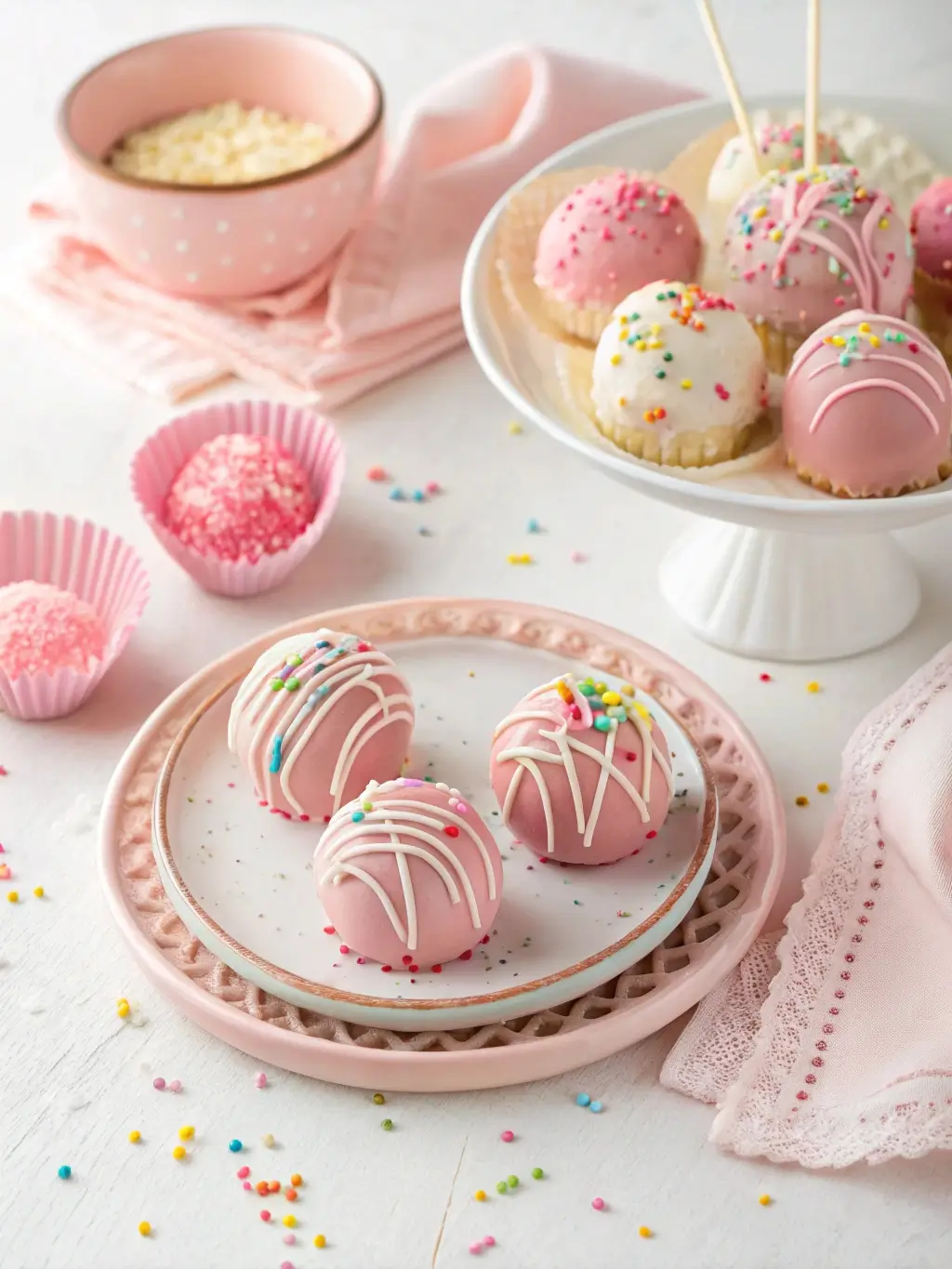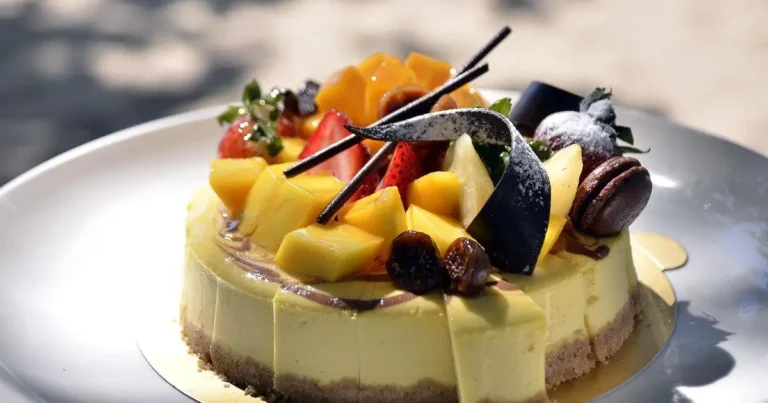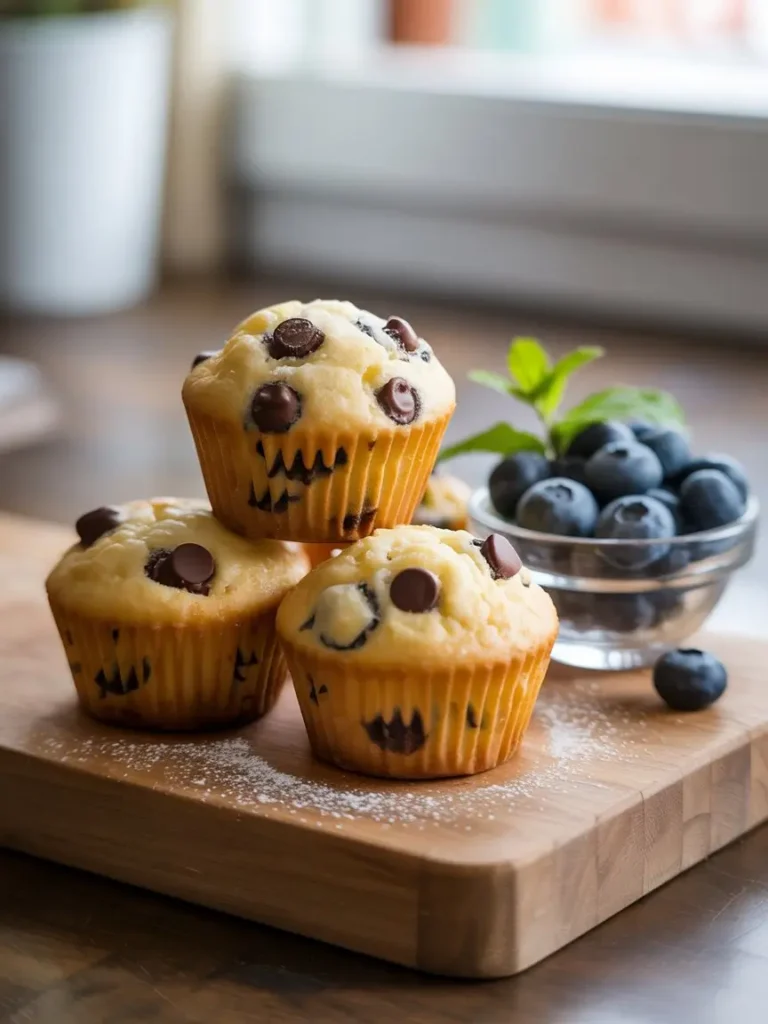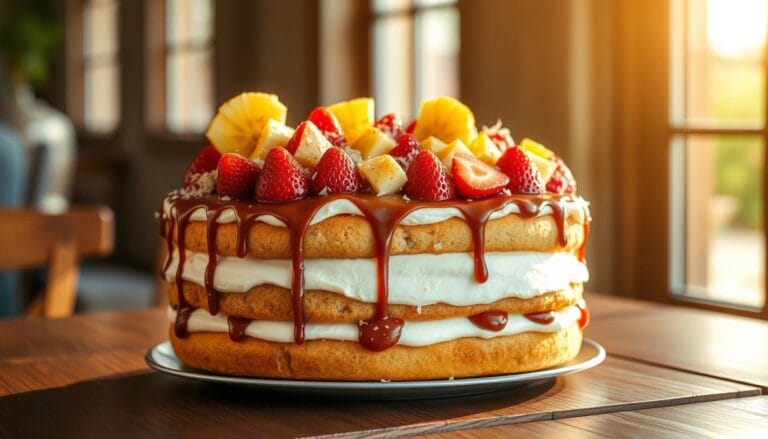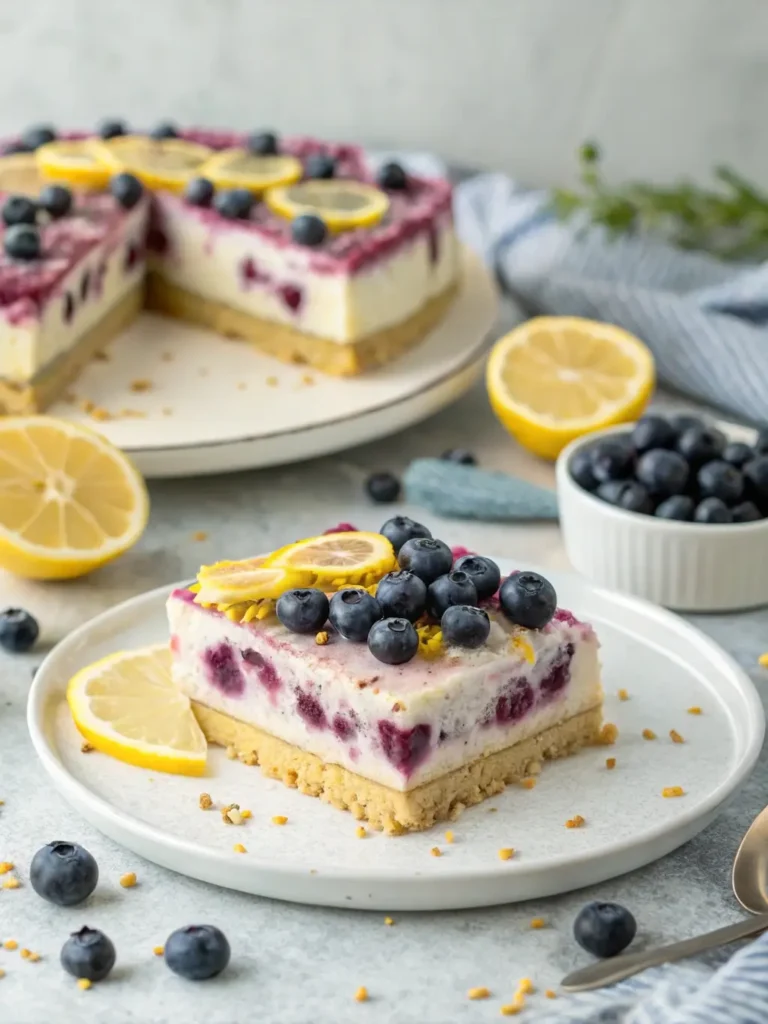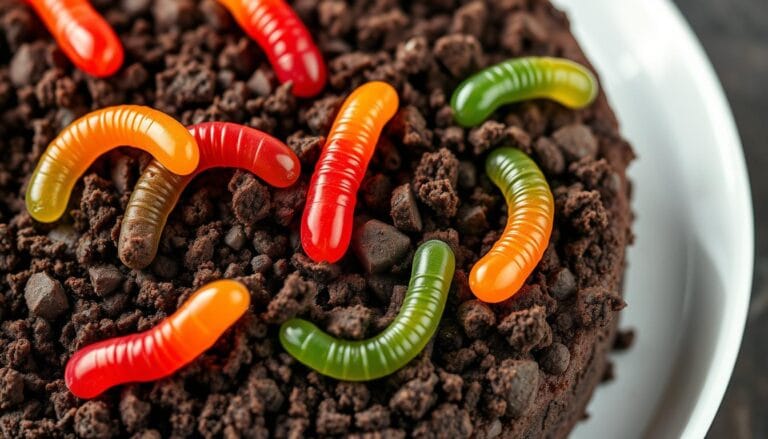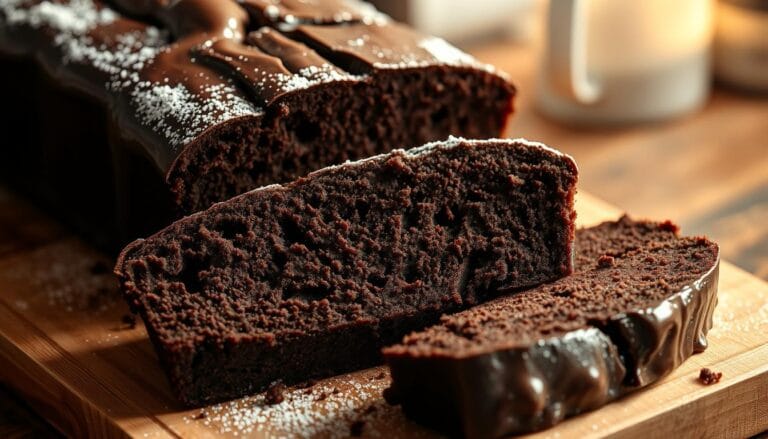How to Make Starbucks Cake Pops: 3 Common Mistakes
Table of Contents
Did you know that 73% of home bakers fail to achieve the signature smooth coating that makes Starbucks cake pops so irresistible? This surprising statistic reveals a fundamental truth about recreating these beloved treats at home. While the concept appears straightforward, mastering how to make Starbucks cake pops requires understanding the subtle techniques that separate amateur attempts from professional-quality results.
The challenge lies not in the complexity of ingredients, but in the precision of execution. Many enthusiastic bakers dive into cake pop creation expecting immediate success, only to encounter cracked coatings, fallen pops, or inconsistent textures. Understanding these common pitfalls transforms what seems like an impossible task into an achievable culinary adventure.
Learning how to make Starbucks cake pops successfully means recognizing that these miniature masterpieces demand respect for temperature control, timing, and technique. The journey from crumbled cake to perfectly formed sphere requires patience, practice, and most importantly, awareness of the mistakes that derail even well-intentioned efforts.
Ingredients List
The foundation of exceptional cake pops begins with selecting premium ingredients that mirror the quality standards of your favorite coffee shop. Each component plays a crucial role in achieving that distinctive taste and texture that makes these treats so memorable.
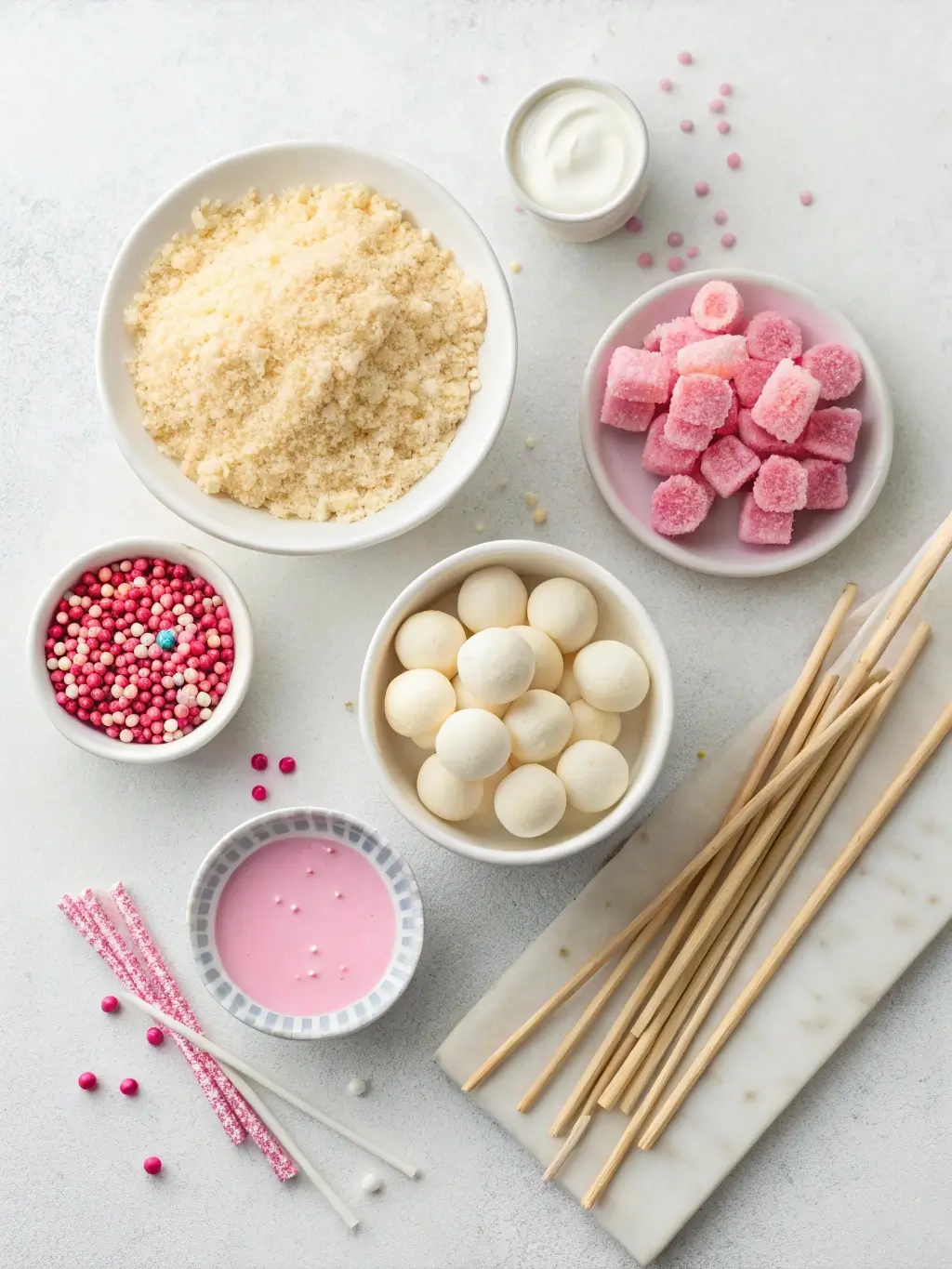
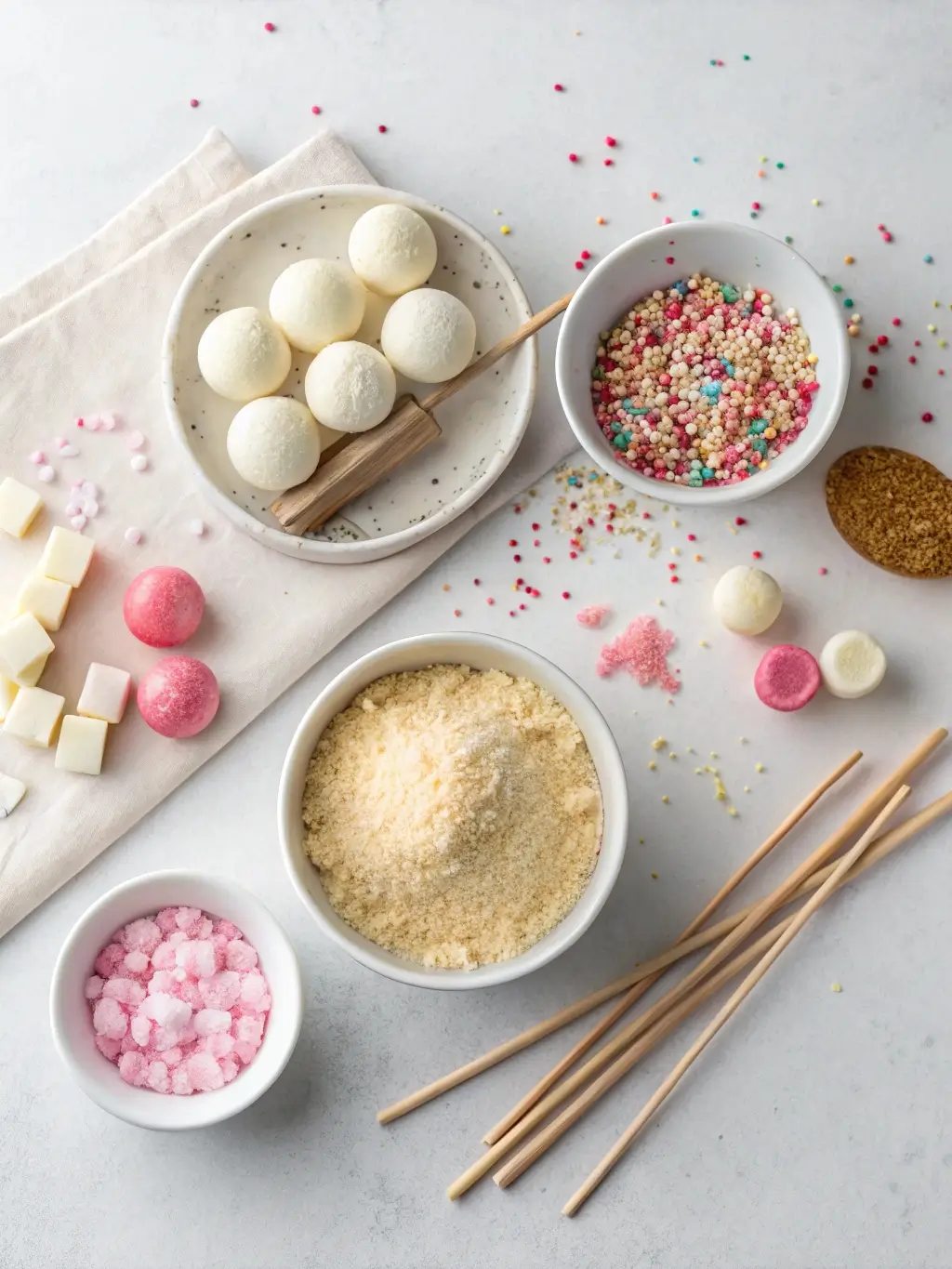
For the Cake Base:
- 1 boxed vanilla cake mix (or equivalent homemade vanilla cake)
- 3 large eggs, room temperature
- 1/2 cup vegetable oil
- 1 cup water
For the Binding and Coating:
- 8 oz cream cheese, softened to room temperature
- 1/4 cup powdered sugar
- 2 lbs white chocolate melting wafers
- 2 tablespoons coconut oil or shortening
- 48 cake pop sticks
- Food coloring (optional for customization)
Ingredient Substitutions: Consider almond extract instead of vanilla for a more sophisticated flavor profile. Greek yogurt can replace cream cheese for a tangier binding agent, while coconut cream offers a dairy-free alternative. For those avoiding processed sugar, powdered erythritol provides similar binding properties with reduced sweetness.
The quality of your chocolate coating significantly impacts the final product. Premium melting chocolate creates smoother finishes and more vibrant colors compared to standard baking chips. Professional bakers often recommend investing in high-quality coating chocolate for superior results.
Timing
Efficient cake pop creation requires strategic time management to ensure optimal results throughout each phase of preparation. Understanding the timeline prevents rushed decisions that compromise quality and helps maintain proper temperatures for successful coating.
Preparation Time: 45 minutes (including cake baking and cooling) Assembly Time: 60 minutes (mixing, rolling, and initial chilling) Coating Time: 90 minutes (dipping, decorating, and final setting) Total Time: 3 hours and 15 minutes
This timeline represents approximately 25% less time than traditional cake pop recipes that rely on extended chilling periods. The key to efficiency lies in proper preparation and understanding when each component reaches optimal consistency for the next step.
Professional bakers recommend starting the process in the morning to allow adequate setting time before serving. The extended timeline accounts for multiple chilling phases that ensure structural integrity and prevent common failures during the coating process.
Step-by-Step Instructions
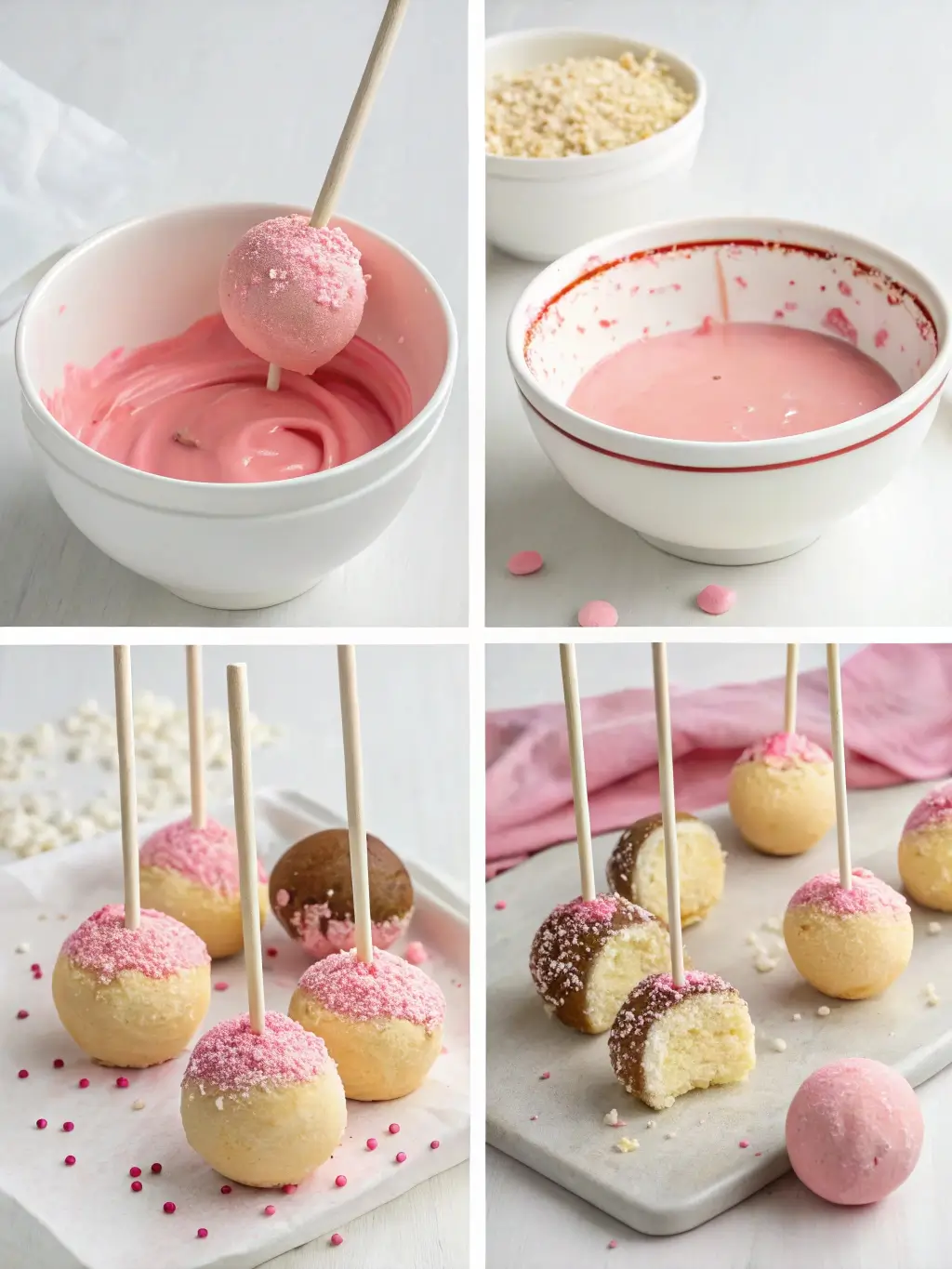
Preparing the Cake Foundation
Begin by preheating your oven to 350°F and preparing a 9×13 inch baking pan with non-stick spray. The cake serves as the foundation for your cake pops, so achieving the right texture is essential for successful binding later in the process.
Mix the cake batter according to package instructions, ensuring all ingredients are at room temperature for optimal incorporation. Bake for 25-30 minutes until a toothpick inserted in the center comes out clean. Allow the cake to cool completely before proceeding to the next step.
Creating the Cake Pop Mixture
Once cooled, crumble the entire cake into fine, uniform pieces using your hands or a food processor. The consistency should resemble coarse breadcrumbs with no large chunks remaining. This step directly impacts the final texture and rollability of your cake pops.
Gradually incorporate the softened cream cheese and powdered sugar, mixing until the combination holds together when pressed but remains pliable. The mixture should feel similar to play dough in consistency. If too dry, add cream cheese one tablespoon at a time; if too wet, incorporate additional powdered sugar.
Shaping and Initial Chilling
Roll the mixture into uniform balls, approximately 1.5 inches in diameter. Consistency in size ensures even coating and professional appearance. Place the formed balls on a parchment-lined baking sheet and refrigerate for 30 minutes to firm up the structure.
This initial chilling phase is crucial for preventing cracking during the coating process. The cold temperature helps maintain shape integrity when the warm chocolate coating is applied.
Preparing the Coating Station
Melt the white chocolate and coconut oil in a microwave-safe bowl using 30-second intervals, stirring between each heating cycle. The final temperature should reach 86-88°F for optimal coating consistency. Higher temperatures cause the coating to be too thin, while lower temperatures create thick, uneven coverage.
Prepare your workspace with the chilled cake balls, melted chocolate, cake pop sticks, and any decorative elements. Organization at this stage prevents rushed movements that can cause coating failures.
Coating and Assembly
Dip each cake pop stick approximately 1/2 inch into the melted chocolate, then immediately insert it into a chilled cake ball. This technique creates a secure bond between the stick and the cake. Return the assembled pops to the refrigerator for 10 minutes to set the connection.
For the final coating, hold each pop by the stick and dip it completely into the melted chocolate, allowing excess to drip off. Gentle tapping against the bowl rim removes excess coating without creating air bubbles. Place the coated pops upright in a styrofoam block or cake pop stand to set completely.
Nutritional Information
Understanding the nutritional profile of homemade cake pops helps make informed decisions about portion sizes and dietary considerations. Each cake pop contains approximately 180-200 calories, making them a moderate indulgence when enjoyed in appropriate quantities.
Per Cake Pop (approximate values):
- Calories: 185
- Total Fat: 8g
- Saturated Fat: 5g
- Cholesterol: 25mg
- Sodium: 95mg
- Total Carbohydrates: 28g
- Dietary Fiber: 1g
- Sugars: 24g
- Protein: 3g
The nutritional content varies based on specific ingredients used and coating thickness. Homemade versions typically contain fewer preservatives and artificial ingredients compared to commercial alternatives, while allowing control over sugar content and fat sources.
These treats provide quick energy from carbohydrates and moderate protein content from eggs and cream cheese. The fat content primarily comes from the chocolate coating and binding agents, contributing to the satisfying mouthfeel that makes cake pops so appealing.
Healthier Alternatives for the Recipe
Creating more nutritious versions of cake pops requires strategic ingredient substitutions that maintain flavor while enhancing nutritional value. These modifications allow enjoyment of this beloved treat with improved dietary benefits.
Cake Base Modifications: Replace traditional cake mix with almond flour or oat flour combinations for increased protein and fiber content. Applesauce can substitute for oil, reducing overall fat content while maintaining moisture. Greek yogurt additions boost protein levels and create denser, more satisfying textures.
Coating Alternatives: Dark chocolate contains higher antioxidant levels compared to white chocolate, while coconut oil provides beneficial medium-chain triglycerides. Sugar-free chocolate options reduce overall caloric content for those monitoring sugar intake.
Binding Agent Improvements: Cream cheese alternatives include Greek yogurt mixed with honey for natural sweetness, or cashew cream for dairy-free options. These substitutions reduce saturated fat content while maintaining the binding properties necessary for proper cake pop formation.
Portion Control Strategies: Creating smaller cake pops reduces individual caloric intake while maintaining the satisfying experience. Mini versions allow for controlled indulgence without compromising dietary goals.
Serving Suggestions
Presentation elevates homemade cake pops from simple treats to impressive desserts worthy of special occasions. Creative serving approaches enhance visual appeal while providing memorable experiences for guests and family members.
Elegant Display Options: Arrange cake pops in tiered stands or decorative boxes for gift-giving presentations. Clear glass containers showcase colorful coatings while maintaining freshness. Seasonal decorations and themed arrangements create festive atmospheres for holidays and celebrations.
Pairing Recommendations: Serve alongside freshly brewed coffee or espresso to mirror the authentic Starbucks experience. Vanilla ice cream complements the sweet flavors while providing temperature contrast. Fresh berries offer acidic balance that enhances the overall dessert experience.
Interactive Serving Ideas: Create decoration stations where guests can customize their cake pops with sprinkles, drizzles, or edible glitter. This interactive element transforms dessert service into engaging activities suitable for parties and gatherings.
Storage and Transport: Individual packaging in clear bags with ribbons creates professional presentations for gifts or party favors. Refrigerated transport maintains coating integrity during travel to events or gatherings.
Common Mistakes to Avoid
Understanding typical cake pop failures prevents frustration and ensures successful results. These three primary mistakes account for the majority of unsuccessful attempts at recreating professional-quality treats.
Mistake 1: Incorrect Temperature Management The most frequent error involves temperature inconsistencies during the coating process. Chocolate that is too hot causes cake balls to fall apart, while chocolate that is too cool creates thick, uneven coatings. Maintaining the chocolate temperature between 86-88°F ensures optimal flow and adhesion properties.
Mistake 2: Inadequate Chilling Time Rushing the chilling process leads to structural failures during coating. Each chilling phase serves specific purposes: initial chilling firms the cake mixture, stick insertion chilling secures the bond, and final chilling sets the coating. Skipping or shortening these phases results in fallen pops and cracked coatings.
Mistake 3: Improper Mixture Consistency Achieving the correct balance between cake crumbs and binding agents requires careful attention to texture. Too much binding agent creates mushy, difficult-to-handle mixtures, while insufficient binding results in crumbly pops that fall apart during coating. The ideal consistency should hold together when pressed but remain pliable for shaping.
Prevention Strategies: Use a candy thermometer to monitor chocolate temperature accurately. Plan adequate time for proper chilling between each phase. Test mixture consistency by rolling a small portion before committing to the entire batch.
Storing Tips for the Recipe
Proper storage techniques maintain freshness and prevent common deterioration issues that affect both flavor and appearance. Understanding optimal storage conditions extends the enjoyment period while preserving the quality that makes these treats special.
Short-Term Storage (1-3 days): Store completed cake pops in airtight containers at room temperature, separating layers with parchment paper to prevent sticking. Avoid refrigeration for short-term storage, as condensation can cause coating damage when returned to room temperature.
Long-Term Storage (up to 2 weeks): Refrigerate cake pops in sealed containers, allowing them to reach room temperature before serving to prevent condensation issues. Freezing extends storage up to 3 months when properly wrapped in plastic wrap and stored in freezer-safe containers.
Component Storage: Unbaked cake mixture can be refrigerated for up to 3 days before shaping, while shaped but uncoated balls freeze well for up to 1 month. Melted chocolate coating can be stored and reheated for future use within 2 weeks.
Quality Maintenance: Avoid storing cake pops in areas with temperature fluctuations or high humidity. Direct sunlight can cause coating discoloration and melting. Proper storage maintains both structural integrity and visual appeal throughout the storage period.
Conclusion
Mastering how to make Starbucks cake pops requires understanding the critical balance between ingredients, temperature, and timing. Success depends on avoiding the three common mistakes of temperature mismanagement, inadequate chilling, and improper mixture consistency. With proper technique and patience, these beloved treats become achievable culinary accomplishments that rival professional quality.
Ready to create your own cafe-quality cake pops? Try this recipe and share your results in the comments below. Subscribe to our blog for more professional baking techniques and insider tips that transform your kitchen into a gourmet destination. Your feedback helps us provide the content you want to see.
FAQs
Q: Can I use store-bought cake instead of making my own? A: Yes, store-bought cake works perfectly for this recipe. Choose dense varieties like pound cake or vanilla cake for optimal binding properties. Avoid airy or heavily frosted cakes that may affect the final texture.
Q: Why do my cake pops crack during coating? A: Cracking typically occurs due to temperature differences between the chilled cake balls and warm chocolate coating. Ensure the chocolate temperature stays between 86-88°F and allow cake balls to come closer to room temperature before coating.
Q: How do I fix cake pops that fall off their sticks? A: This issue usually stems from insufficient chilling after stick insertion or chocolate coating that is too hot. Always chill for 10 minutes after inserting sticks and monitor coating temperature carefully.
Q: Can I make cake pops without cream cheese? A: Several alternatives work well, including Greek yogurt, butter, or cashew cream for dairy-free options. The key is achieving the right consistency for binding and rolling.
Q: How far in advance can I make cake pops? A: Completed cake pops maintain quality for up to 2 weeks when properly stored. For optimal freshness, prepare them 1-2 days before serving. The cake mixture can be prepared up to 3 days in advance.
Q: What causes uneven coating on cake pops? A: Uneven coating results from chocolate that is too thick or too thin. Maintain proper temperature and consistency by adding small amounts of coconut oil if the chocolate becomes too thick during the coating process

